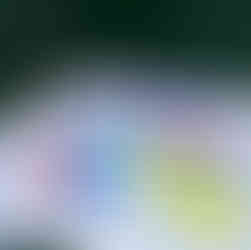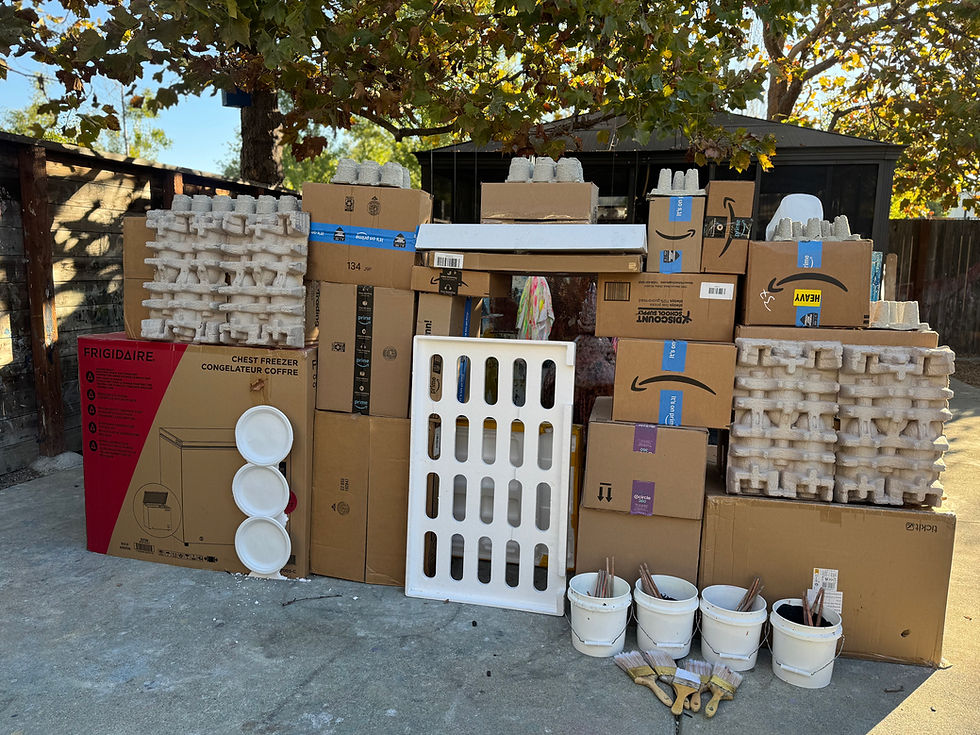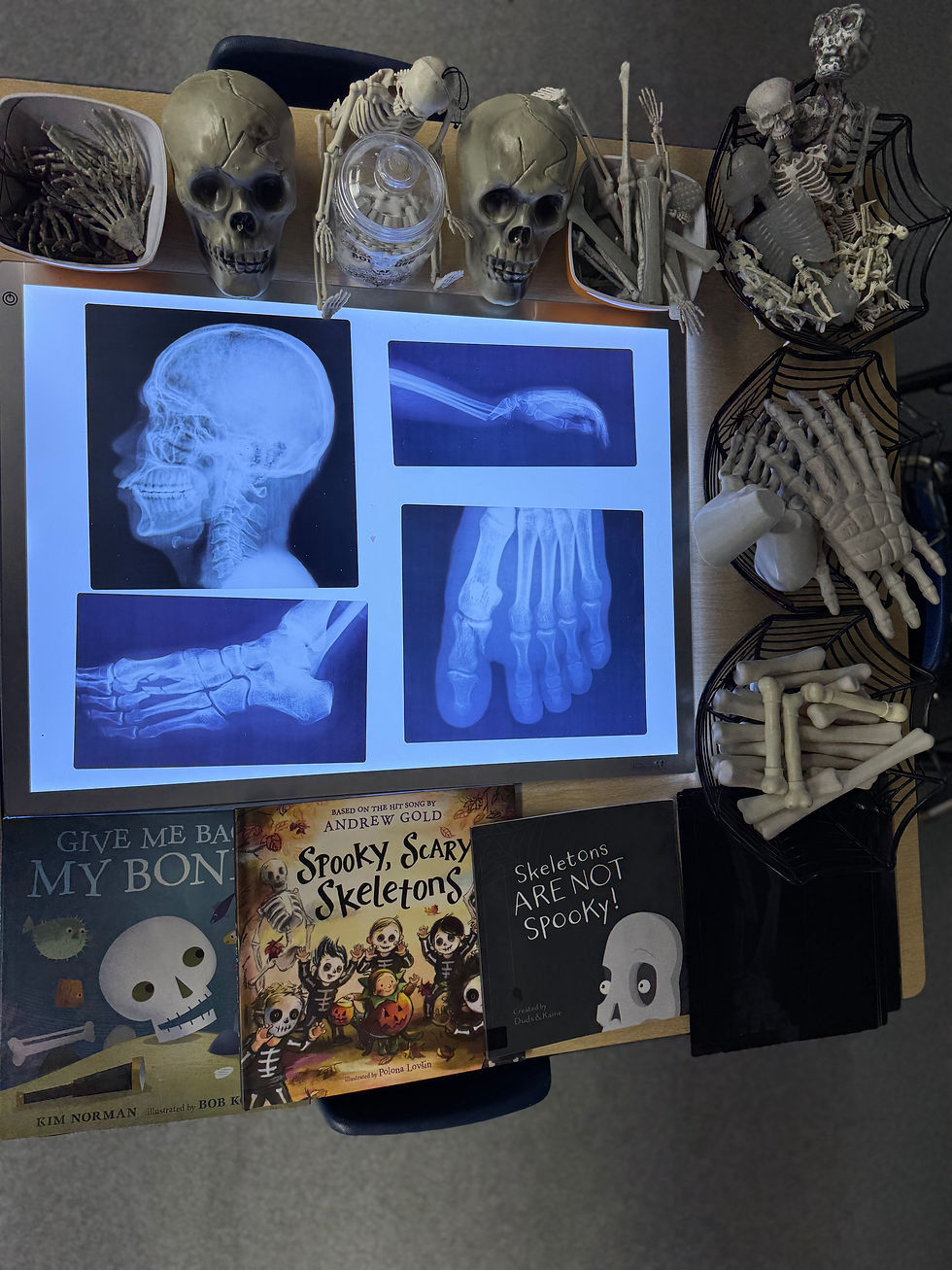Invitation to Explore Shapes Like Maryam Mirzakhani
- Yasmeen Kamrani Sallam

- Mar 21, 2023
- 2 min read
Maryam Mirzakhan became the first woman and Iranian to win the Fields medal, a mathematician's highest award. In honor of #WomensHistoryMonth and learning more about the country of Iran during the month of March, we read the story Maryam’s Magic: The Story of Mathematician Maryam Mirzakhani.

In the story we learned that her creativity & love of stories helped her & the world to see math in a new & inspiring way. Growing up numbers were not of her interest until she discovered storytelling in geometry. When she grew up, she became a professor who invented new formulas to solve some of math's most complicated puzzles.

After reading the story we explored shapes & geometric lines on the light table with translucent loose parts (Translucent Mosaic Craft Tiles, Translucent Polygons) & laminating sheets with geometric designs that Maryam would use. If you do not have a light table you can draw the designs on a large piece of butcher paper. The child was invited to create and explore the loose part shapes & designs on the light table in whatever way they desired.

While this invitation explores shapes & designs, it can also be a fun way to match colors, shapes, make patterns, & build their recognition/language of the symbols. When a child uses loose parts to create drawn out images, shapes, or designs invitations, it gives opportunities to work on spatial awareness, exposes them to different forms of art, paying attention to detail, & enhancing their language skills as they communicate what they see or what they are doing. As they manipulate the loose parts to fit inside, outside, or around the designs they are enhancing their fine motor skills, hand-eye coordination, & shape recognition. Adding the sensory shapes to the light table provides for an excellent resource for sensory input. Children are often calmed by the glow of the table & the visual stimulation enhances their experience as they explore.



























Comments